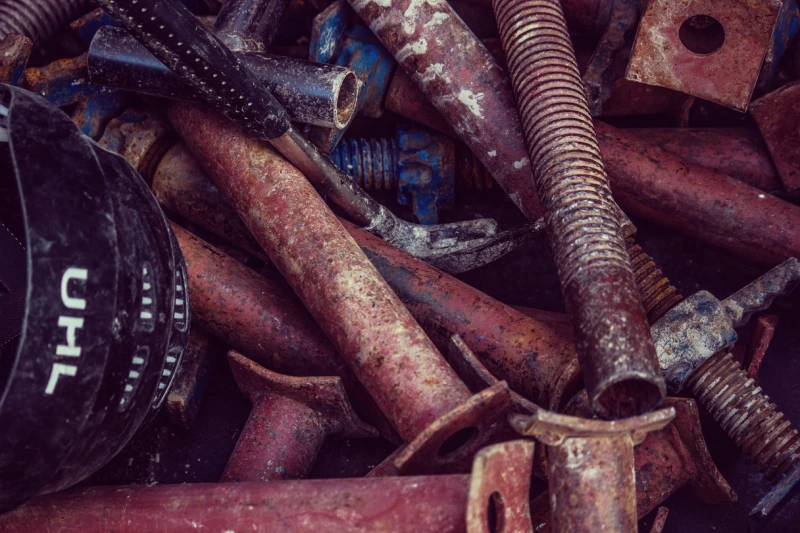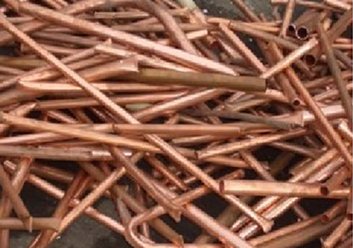Iron recycling is a cornerstone of sustainable metal production, significantly reducing energy consumption and conserving natural resources. Iron recycling not only conserves natural resources but also reduces greenhouse gas emissions and energy consumption.
Here’s an overview of iron recycling statistics, types of iron, and their applications:
♻ Iron Recycling Statistics
United States
- Recycling Volume: In 2023, the U.S. consumed approximately 62 million tons of ferrous scrap, which includes iron and steel. This figure rose to 63 million tons in 2024, marking a 1.6% increase. 
- Recycling Rate: The U.S. has maintained a scrap recycling rate between 80% and 90% over the past decade. Notably, automobiles are a primary source of obsolete steel, with nearly 100% of end-of-life vehicles being recycled. 
Global
- Recycling Volume: Globally, ferrous scrap recycling exceeds 800 million metric tons annually, making it the most extensive commodity recycling activity worldwide. 
- Market Value: The global iron and steel scrap recycling market was valued at $392.45 billion in 2023 and is projected to reach $897.17 billion by 2032.
🧪 Types of Iron and Their Applications
Iron exists in various forms, each with distinct properties and uses:
- Pig Iron: A crude iron with high carbon content (3-5%), produced by smelting iron ore in a blast furnace.
- Uses: Serves as a raw material for producing cast iron, wrought iron, and steel. 
- Cast Iron: Made by remelting pig iron with coke and limestone; contains 2-4% carbon.
- Uses: Utilized in automotive parts, cookware, pipes, and machinery due to its excellent castability and wear resistance. 
- Wrought Iron: Low carbon iron (less than 0.08%) with fibrous slag inclusions, making it malleable and corrosion-resistant.
- Uses: Historically used for decorative gates, railings, and furniture; now largely replaced by mild steel. 
- Ductile Iron: Similar to cast iron but treated with nodulizing agents to improve ductility.
- Uses: Common in water pipes, automotive components, and agricultural machinery. 
- Grey Iron: A type of cast iron with graphite flakes, giving it a grey appearance.
- Uses: Used in engine blocks, brake discs, and machine tool structures due to its good machinability and vibration damping.
- Steel: An alloy of iron with carbon content up to 2%, often combined with other elements.
- Uses: Widely used in construction, automotive, appliances, and tools due to its strength and versatility. 




